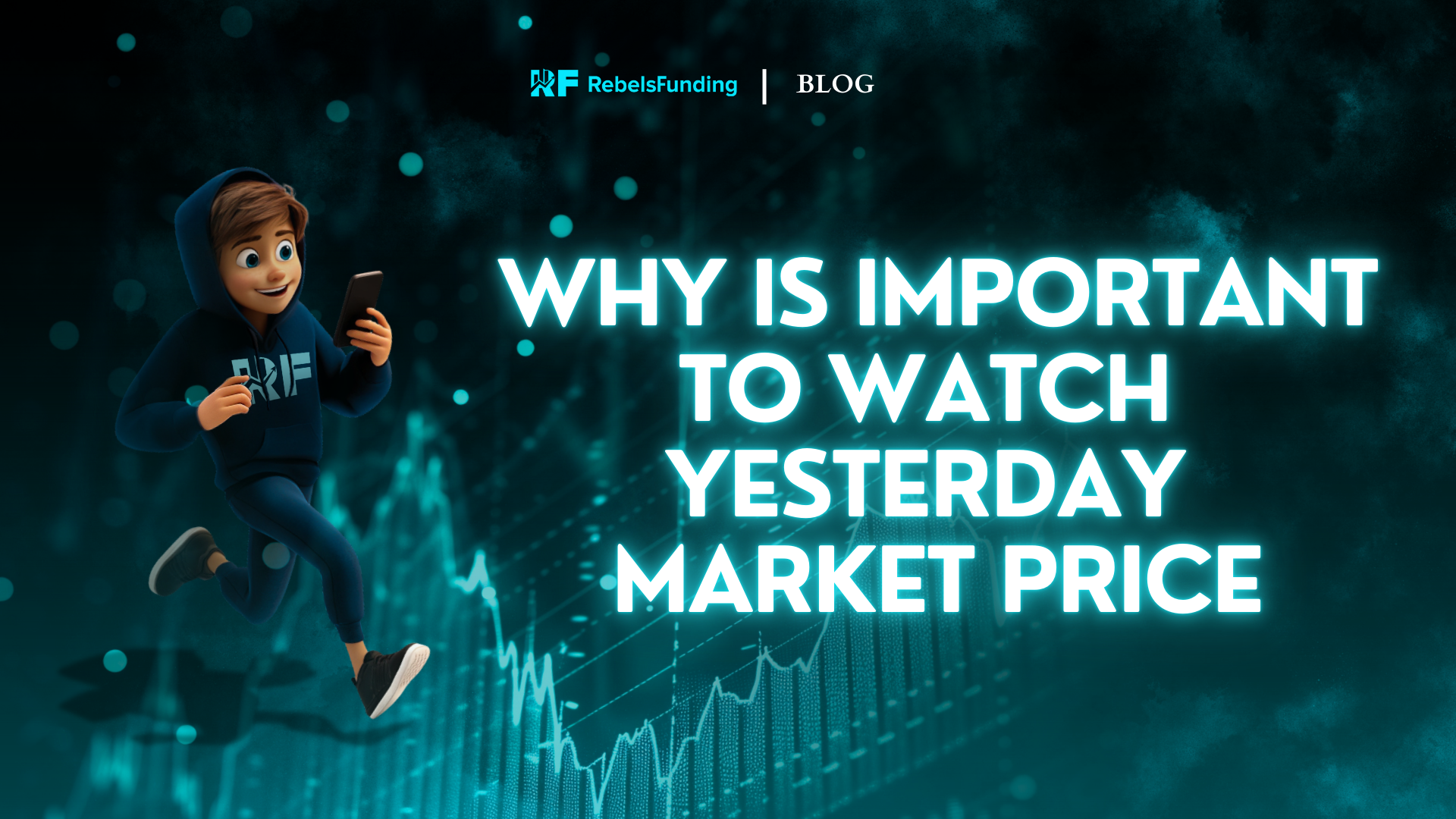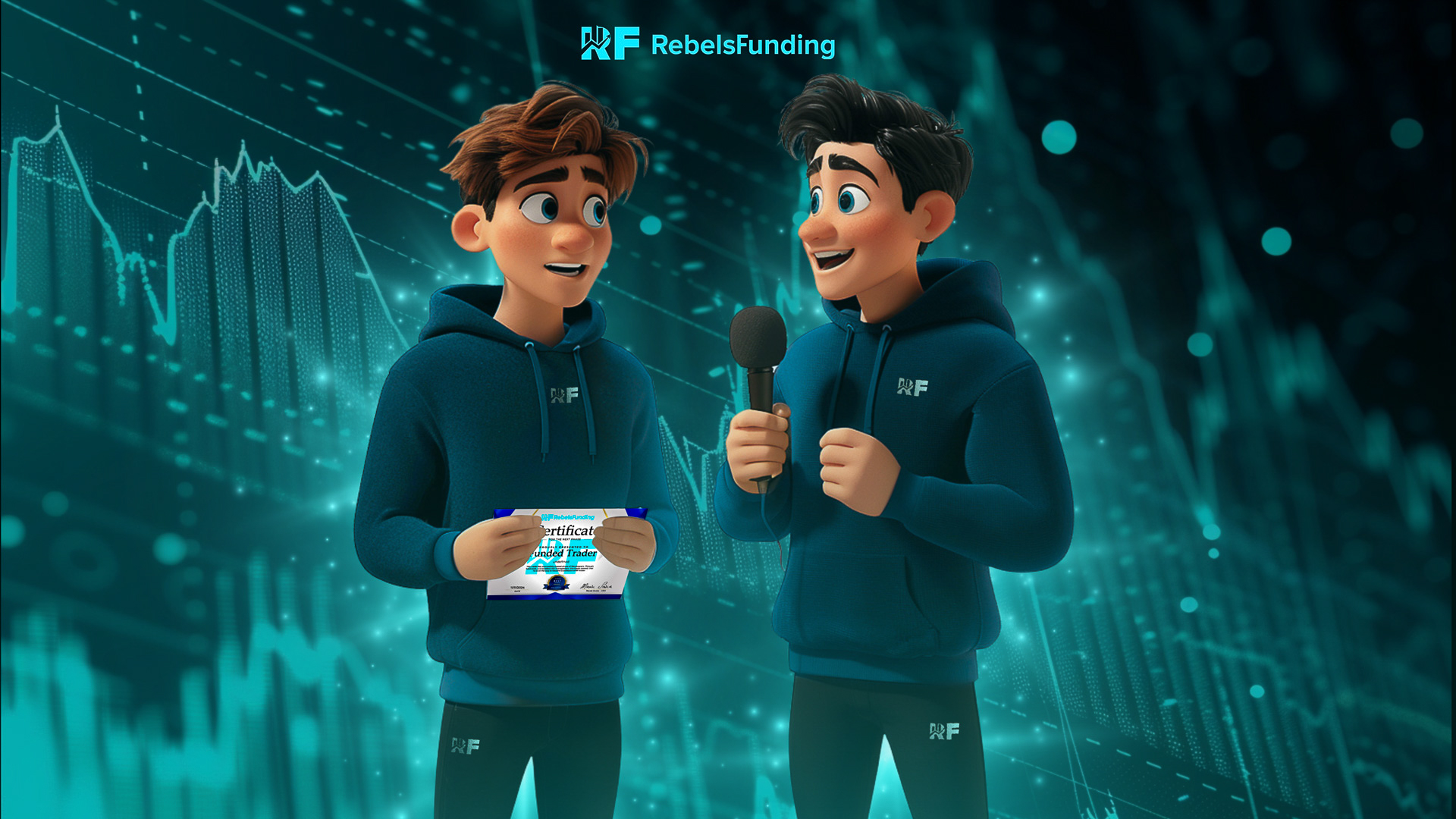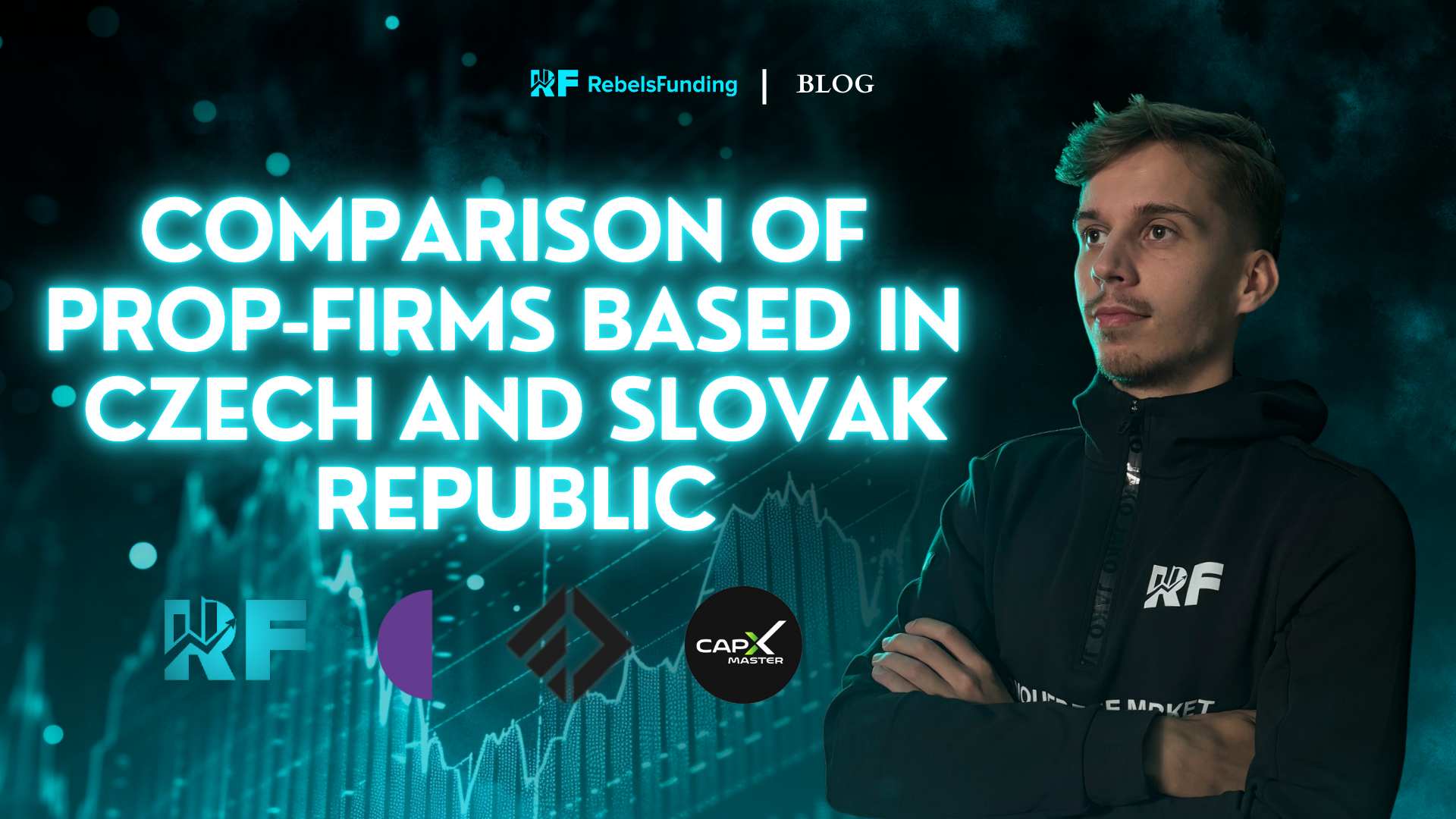Interview with Successful Trader: Kesiar shares how Continuous Learning and Specialisation Led to his Success

In this interview, Ján Kesiar takes us on his journey from amateur to professional (and successful) trader at RebelsFunding:
1. Tell us about yourself
I am 47 years old, married, and a father of two children. Trading is not my only source of income; I also have a regular job. My goal for the future is to become a full-time trader. I got into trading four years ago during the coronavirus lockdown, when we were all stuck at home.
That’s when I started thinking about improving my finances, and I read about trading online. I watched several YouTube videos, opened a demo account with a broker, and began trading. My first few trades were lucky, so I opened a live account and deposited 500 EUR. Of course, I quickly blew up that account.
This happened two more times before I realized it wouldn’t be that easy. I understood I needed to dedicate more time and effort to studying how markets work, technical analysis, fundamental analysis, and especially psychology. I found a Slovak website called Forexrebel, which coincidentally has the same founder as RebelsFunding.
I decided to take a course on that site, and I think it opened my eyes and helped me navigate the world of trading. Gradually, I developed a strategy, tested it, created a trading plan, and improved step by step.
It took me about 2.5 years to achieve consistent results.
2. What trading strategies or approaches do you find most effective in your trading journey?
I mainly trade intraday and occasionally leave trades open overnight or into the next day. I focus mainly on forex, specifically the EUR/USD pair. In my trading, I use an indicator I obtained from the Forexrebel course.
To determine precise entry and exit points, I recently incorporated the “m2 method” by the well-known Czech trader, Ludvik Turek, into my strategy.
The last indicator I used is Volume Profile within TradingView. This combination suits me best and is very effective in my trading.
3. Which technical indicators are your favourite (your most effective)?
Initially, I tried every possible indicator, and my chart was cluttered with them. Over time, I realized that most indicators ultimately just show what has already happened and therefore have no meaningful value for me.
At the same time, I understood that they unnecessarily distract me while trading, so I reduced them to the absolute minimum.
As I mentioned, currently, I only use the indicator I obtained from the Forexrebel course and Volume Profile on TradingView.
4. How do you manage risk in your trades, and what advice do you have for prop traders looking to improve their risk management skills?
Risk management must be a solid part of your trading plan. I try not to risk more than 1.5% on a single trade, but usually, it’s around 0.5%.
I also have a rule that if I reach a total loss of 3% in one day, I stop trading for that day. I believe that precisely defined rules in risk management and adhering to them ensure success and stable results.
For beginners, I think it’s ideal to risk a maximum of 0.5% per trade.
5. How do you handle emotions during drawdowns?
I stick to my strategy and trading plan. I enter and exit trades only under precisely defined conditions. I’ve tested my strategy several times, so I know it works. I realize that the outcome of a single trade doesn’t matter; it’s the group of trades over a certain period that counts, which helps me keep emotions under control.
During larger drawdowns, I try to reduce risk per trade by half until I return to profit. Of course, I’m only human, so sometimes I can’t completely eliminate emotions, but my strategy helps me keep them under control.
6. Can you discuss the importance of maintaining discipline (following a trading plan) and how it contributes to long-term success?
Trading is about statistics. As I mentioned earlier, the outcome of a single trade isn’t crucial; what matters is the overall result of a group of trades over a certain period.
It’s important to enter trades only when the entry conditions are met and to exit them only under the conditions specified in the plan.
Any deviation from the plan disrupts the entire system and negatively affects the final outcome. Therefore, maintaining discipline and strictly adhering to your plan are crucial in trading.
7. Which markets or currency pairs do you focus on and why?
When trading a funded account at RebelsFunding, I focus only on the EUR/USD pair.
Since I trade intraday, I’ve found that fully concentrating on one pair helps me understand it better and react much faster to changes, finding suitable opportunities more quickly. This strategy has made my results much more stable.
8. How do you adjust your trading strategy to different market conditions, such as high volatility?
I think high volatility can be good for a trader if they are disciplined and stick to their trading plan. Nevertheless, during critical news releases, I try to avoid trading.
9. Could you share your most significant trading success and, conversely, your biggest failure along your trading journey, emphasizing the lessons you learned from these moments?
My biggest success so far has been successfully passing the trading challenge stage, gaining a funded account, and managing to maintain it. My biggest failures were mainly in the beginning when I blew up several accounts in succession.
Back then, I didn’t have a solid strategy or plan; I was trading impulsively without any logic.
The lesson learned is that the only way to become a trader with consistent results is to create a strategy and plan and stick to them firmly.
10. How do you respond to losses, and what measures do you take to effectively recover?
Losses are part of trading. There’s no 100% effective strategy, and anyone offering one is likely a scammer. I’ve learned to live with the fact that I don’t always have to be right to be profitable. I accept that some trades simply won’t work out.
Risk management is crucial—never risk more per trade than planned and choose trades with an acceptable risk-reward ratio to be profitable in the long run.
11. How do you determine the optimal time frame for your trades, and what factors influence your selection/how do you monitor the market?
For intraday trading, I display several timeframes on my monitors. I use the daily timeframe to identify the overall market trend, the hourly timeframe to identify the trend within the day, and the 5-minute chart to find entry points into trades.
I trade only during the EU and US sessions and usually try to enter the market shortly after the opening of each exchange if the conditions for entry according to my criteria specified in my plan are met.
12. On a scale of 1 to 10, what would you rate our prop firm and why?
I would rate my collaboration with RebelsFunding a 9, mainly due to the various options and wide range of trading accounts the firm offers, allowing everyone to choose what suits them best.
I also appreciate the affordability of the different accounts compared to competitors and the clearly defined rules for each challenge.
Customer support is professional, and payouts from funded accounts are fast and hassle-free.
The only thing that bothers me a bit is occasional unexpected logouts from the trading platform, which can happen at inconvenient times, but fortunately, this happens less and less often. Thank you.
Note from RebelsFunding on Kesiar’s “unexpected logouts” experience: Hello, Ján. Thank you for sharing your experience with us.
“Unexpected logouts” on our platform are majorly due to unstable internet connection or weak Wi-Fi signals.
A strong connection would resolve the issue for you. Thank you




